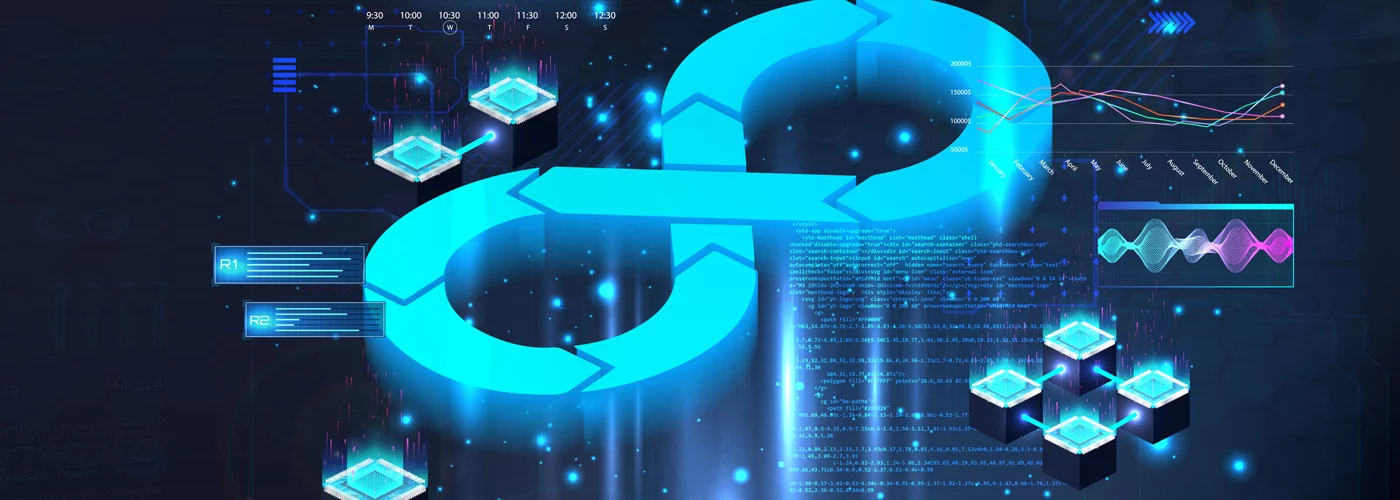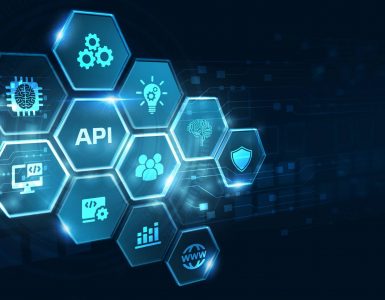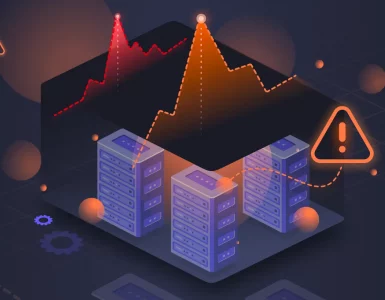Enterprise SaaS solutions have exploded in scale and complexity. Vast datasets, intricate third-party integrations and extensive feature sets run atop massively distributed cloud architectures. On top of that, user expectations for continuous delivery of innovation and near 100% uptime have accordingly intensified.
These circumstances set the backdrop explaining why finely tuned DevOps practices are now mandatory for SaaS teams to keep up. As core cultural philosophies around breaking down silos and enhancing end-to-end collaboration, adopting DevOps mindset comes naturally. However, adopting DevOps into enterprise SaaS cultures is easier said than done as the existing outlook for basics like security, test automation and infrastructure management may vary among the two
This guide by the Talent500 expert panel unpacks the key focus areas modern SaaS engineering teams must embrace to deliver excellence through leveraging leading DevOps capabilities.
Let’s get started!
Infrastructure Provisioning
Automating foundational infrastructure setup and management is critical given the scale of enterprise SaaS, often encompassing hundreds of application components running across multiple data centers and cloud platforms globally.
Reliance solely on manual processes cannot provide the reliability, consistency and agility that SaaS providers need on an ongoing basis.
Infrastructure-as-Code (IaC) solutions like HashiCorp’s Terraform provide the answer by enabling programmatic definition and deployment of production-grade infrastructure ready to run containerized applications. IaC allows codifying entire network topologies, storage tiers and compute clusters using declarative templates and scripts which get treated just like application source code.
These infrastructure definitions can thus be version controlled and continuously tested prior to automated deployments through CI/CD pipelines identical to application code. IaC is essential for achieving consistent, auditable and automated infrastructure management in modern SaaS.
Multi-Cloud Management
To optimize performance, compliance, data locality and other critical criteria, enterprise SaaS solutions often leverage combinations of private data centers and public cloud platforms like AWS, Azure and Google Cloud. This introduces immense complexity around managing heterogeneous environments, ecosystems and APIs.
Without consistent abstractions, manual environment-specific management cannot scale. A cloud-agnostic approach allows standardizing operations across sites, preventing vendor lock-in and enabling intelligent workload placement decisioning. Robust DevOps toolchains are essential for making hybrid multi-cloud and distributed systems manageable.
Infrastructure-as-code techniques enable packaging reference architectures for easy reuse across environments. Policy-as-code allows expressing security controls and configurations decoupled from underlying platforms. Containerization encapsulates dependencies allowing smooth portability across clouds.
Security & Compliance
Expanding regulatory mandates, escalating cyber threats and contractual privacy protections make integrating state-of-the-art security measures an imperative for SaaS platforms. Just as critically, high-assurance controls cannot impede developer productivity lest security undermine business objectives.
The DevSecOps philosophy offers the solution by embedding agile security practices through automation and progressive experiments. Shift-left testing catches issues early. Policy-as-code allows embedding controls within CI/CD pipelines consistently. Chaos engineering techniques pressure test system defenses.
Together these allow rapidly building inherently secure systems while empowering developers to operate at high velocity. As much a cultural shift as technical capability adoption, evangelizing shared responsibility for protection is critical for success.
Developer Productivity
Constant iteration to delight users with rapid enhancements means keeping engineers focused on writing differentiating logic rather than bogged down with operational burdens. Developer experience optimization is thus central to enterprise SaaS.
Self-service environments allow on-demand provisioning of preconfigured namespaces. Containerization encapsulates complex dependencies for local replication of production environments. Automated testing frameworks execute validations on every code change enabling ultra-tight feed cycles.
Observability solutions enhance transparency while chatbots minimize toil. Feature flags facilitate intricate canary testing by toggling functionality across user segments. Review apps augment sandbox isolation for evaluating changes. Together these supercharge productivity.
Test Automation
With exponential code growth, manually executing repetitive test cases fails to scale while increasing risks from gaps. Automated testing provides the answer by codifying test suites for reliable continuous execution across environments.
Unit testing validated software components early. Integration and end-to-end testing catches system interaction issues missed otherwise. Mocking simulates dependencies while fault injection ensures graceful failure handling. Static analysis uncovers hidden defects and security vulnerabilities reliably.
Together these accelerate test cycles, improve coverage and prevent regression. Paired with shift-left testing mentalities embedding validation as code evolves rather than just pre-deployment, test automation is indispensable.
Progressive Delivery
Big bang releases drop untested code simultaneously into production risking outages and rollbacks. Progressive delivery contrasts by incrementally validating changes before promoting fully. Canary deployments first push changes to small segments, getting vetted before gradually ramping exposure.
Feature flags toggle functionality across user groups, facilitating intricate testing. Dark launches run features invisible gathering operational data ahead of visibility. Paired with sophisticated release automation, these leading practices prevent disruptions boosting quality.
Intelligent Monitoring
Eliminating downtime necessitates failover across regions while optimizing performance means placing data in users with auto-scaled capacity. Operating reliable global platforms demands intelligent automation. Applied AI enhances monitoring, alerting and diagnostics by analyzing system signal volumes.
Machine learning delivers predictive forecasting guiding proactive planning. Unsupervised log analytics accelerates root cause identification during incidents for rapid recovery. Chatbots enact playbooks minimizing human effort. Together these enable resilient services.
Cost Optimization
Continuously tuning utilization and eliminating waste ensures maintaining SaaS solution profitability as architectures scale up. Granular auto-scaling aligned to demand manages expenditure precisely. Serverless computing trades variable cost for hardware needs allowing greater efficiency.
Spot instances enable workloads tolerant of disruption and significant discounts. Together these tactics provide precision scaling, maximizing value from cloud environments. Workflow automation similarly optimizes human capital costs long term.
Customer Focus
Developing software in a vacuum risks misalignment with user needs. SaaS teams thus embrace extensive experimentation plus perpetual feedback channels to drive customer-centric development. Release train discipline creates fixed cycles collecting feedback while aggressive A/B testing validates hypotheses.
Analytics uncover behavioral trends and churn predictors driving product planning. Feedback loops also improve internal systems tailored to user workflows beyond the software itself. Customer obsession ultimately focuses on choices at every level.
Summing Up
Meeting intensifying business expectations around customer experience, sustainable growth and beating competitors requires SaaS teams to deeply embrace modern DevOps capabilities. Continuously delivering innovation at scale while ensuring robust reliability necessitates automating processes right from code to operations.
This guide provided a 360-degree perspective across the essential focus areas for orchestrating high-velocity software delivery pipelines. Harnessing these practices separates market leading SaaS providers from stagnated legacy teams unable to keep pace with the rate of change. You should work at instilling these insights as a part of your organization’s thinking and culture when it comes to adoptingDevOps in enterprise SaaS.
Ready to rock at your next DevOps job using these insights?
Sign up on Talent500 and find the world’s top paying remote DevOps jobs now!






Add comment